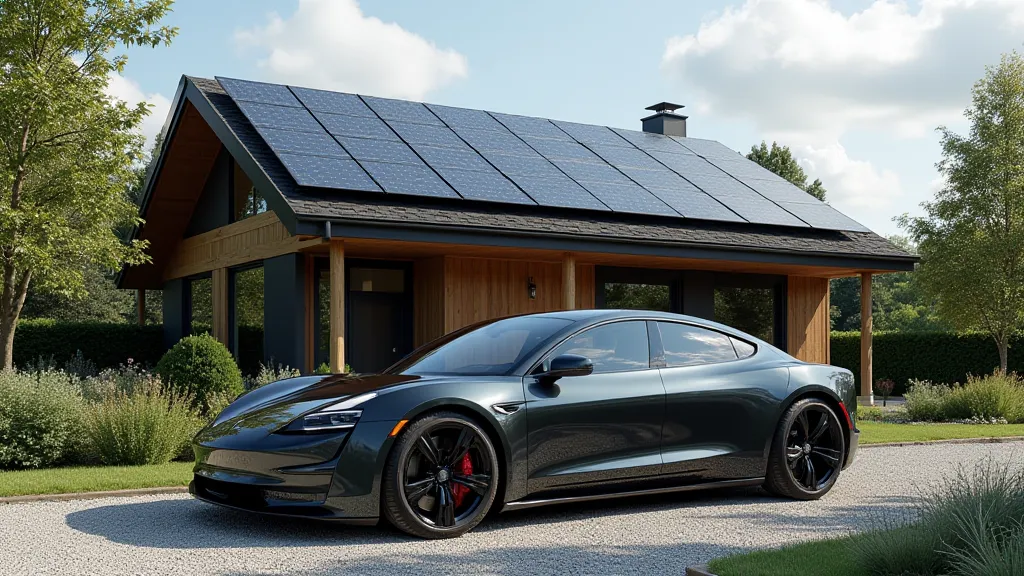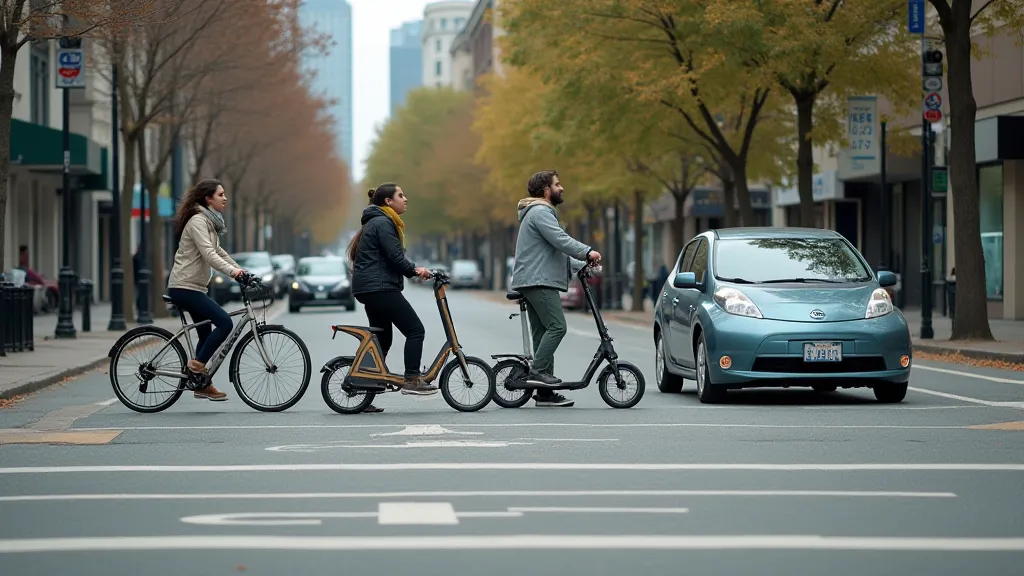Sustainable Transportation: Options Beyond Driving
The environmental impact of transportation is significant. Cars, trucks, and other vehicles contribute substantially to greenhouse gas emissions, air pollution, and traffic congestion. Luckily, embracing a more sustainable lifestyle doesn’t mean sacrificing mobility. There are numerous alternatives to driving that can significantly reduce your carbon footprint and improve your quality of life. This guide explores several options, from the accessible to the more technologically advanced.
Cycling: A Classic and Healthy Choice
Cycling is arguably the most straightforward and readily available sustainable transportation solution. It's a fantastic form of exercise, requires minimal infrastructure, and is incredibly cost-effective. Whether it's for commuting to work, running errands, or simply enjoying the outdoors, cycling offers a low-impact way to get around.

Consider investing in a comfortable bike, appropriate safety gear (helmet, lights), and possibly a secure storage solution. Electric bikes (e-bikes) are increasingly popular, offering assistance for longer distances or hilly terrain, making cycling accessible to a wider range of people.
Public Transit: Connecting Communities
Utilizing public transportation – buses, trains, subways, trams – is a powerful way to reduce individual emissions and alleviate traffic congestion. Public transit systems move a large number of people efficiently, minimizing the number of vehicles on the road. Explore your local options and plan your routes using online trip planners.
Beyond the environmental benefits, public transit often saves time and money compared to driving, especially in urban areas. It also frees you up to read, work, or relax during your commute.
Electric Vehicles (EVs): The Future of Driving?
Electric vehicles represent a significant shift in automotive technology. EVs produce zero tailpipe emissions, contributing to cleaner air in urban areas. While the electricity used to power them may come from various sources (some of which are not renewable), the overall lifecycle emissions are generally lower than those of gasoline-powered vehicles, especially as renewable energy sources become more prevalent.

The range and charging infrastructure for EVs continue to improve, making them a more viable option for many drivers. Consider the total cost of ownership, including purchase price, electricity costs, and potential tax incentives, when evaluating an EV.
Walking: The Simplest Sustainable Choice
Don’t underestimate the power of walking! For shorter distances, walking is the most sustainable and healthy option. It requires no fuel, produces zero emissions, and provides numerous health benefits. It's also a fantastic way to connect with your community and appreciate your surroundings.
Ride-Sharing and Carpooling: Sharing the Road
If driving is unavoidable, consider ride-sharing or carpooling. Sharing a ride with colleagues, friends, or neighbors significantly reduces the number of vehicles on the road and lowers emissions per person. Apps and platforms can help connect people heading in the same direction.
Future Trends: Micromobility and Beyond
The landscape of sustainable transportation is constantly evolving. Micromobility options like scooters and electric mopeds are gaining popularity, offering convenient solutions for short-distance travel. Continued advancements in battery technology and infrastructure will likely further expand the possibilities for sustainable transportation in the years to come.

Conclusion
Shifting towards sustainable transportation is not about drastic changes overnight, but rather about making conscious choices that minimize your environmental impact. Whether it’s cycling to work, taking public transit, or exploring the possibilities of electric vehicles, every step you take towards a more sustainable mode of transportation contributes to a healthier planet.





